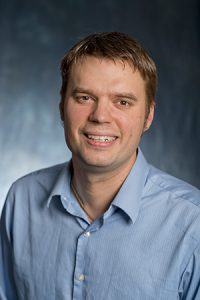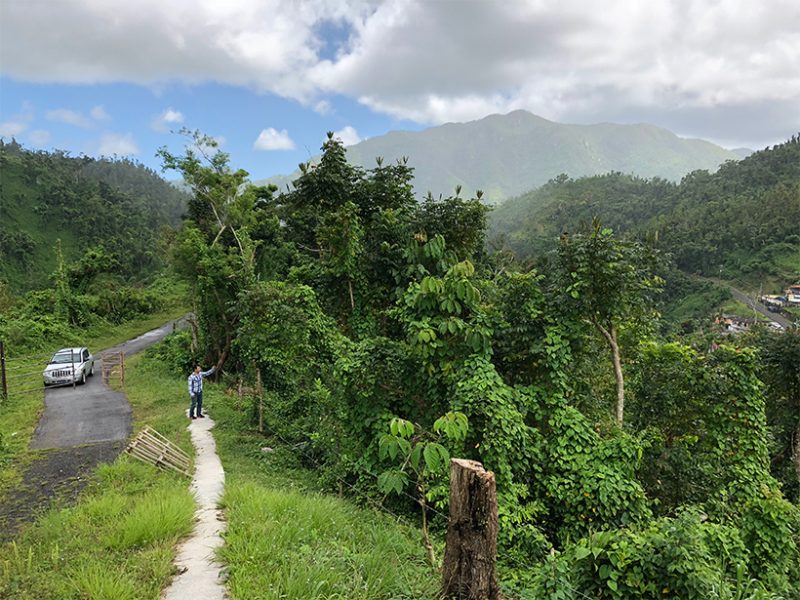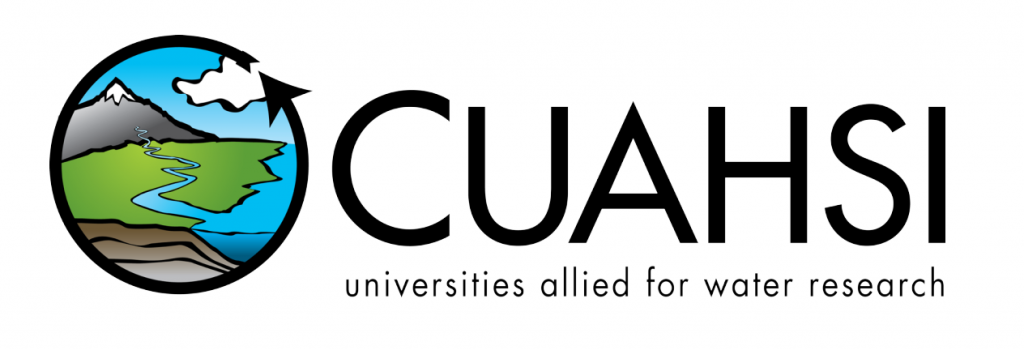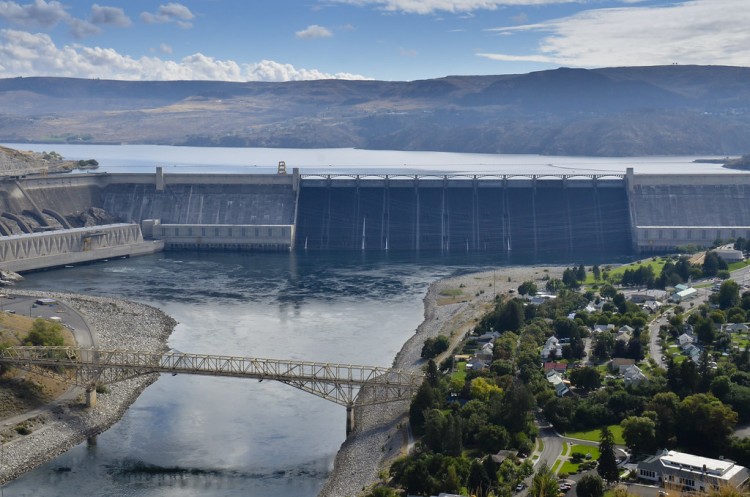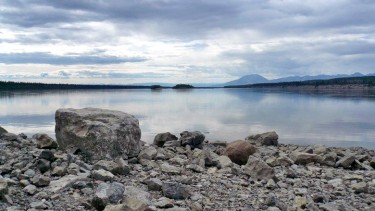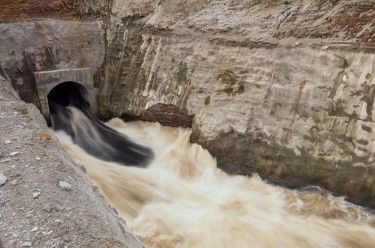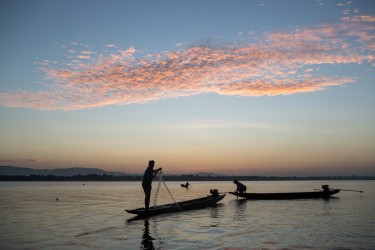
To help tell the powerful story about a once-polluted and neglected creek that is becoming a flourishing home for spawning salmon, the documentary Engineering with Nature – An Ode to Water, Wood, and Stone, was selected to premiere at the 2019 Seattle International Film Festival (SIFF) on Saturday, June 8.
Documenting the water quality changes in the creek, which is Seattle’s largest urban watershed and winds its way through north Seattle, are UW associate professor of civil & environmental engineering Edward Kolodziej and UW-Tacoma Center for Urban Waters postdoc Kathy Peter. Kolodziej is also an associate professor of science and mathematics at the Center for Urban Waters and UW-Tacoma’s School of Interdisciplinary Arts & Sciences (SIAS).
The film will premiere at the 2019 Seattle International Film Festival on Saturday, June 8, 2pm at Seattle Central Library, located at 1000 4th Avenue, Seattle. The premiere was selected for a free public screening, but it’s best to arrive early as tickets (for 260 seats) will be given out on a first come first served basis. The doors open at 1:30pm, but the film maker recommends arriving between 12:30-1pm. Following the premiere, the project’s key participants will participate in a Q&A session, including Kolodziej.

